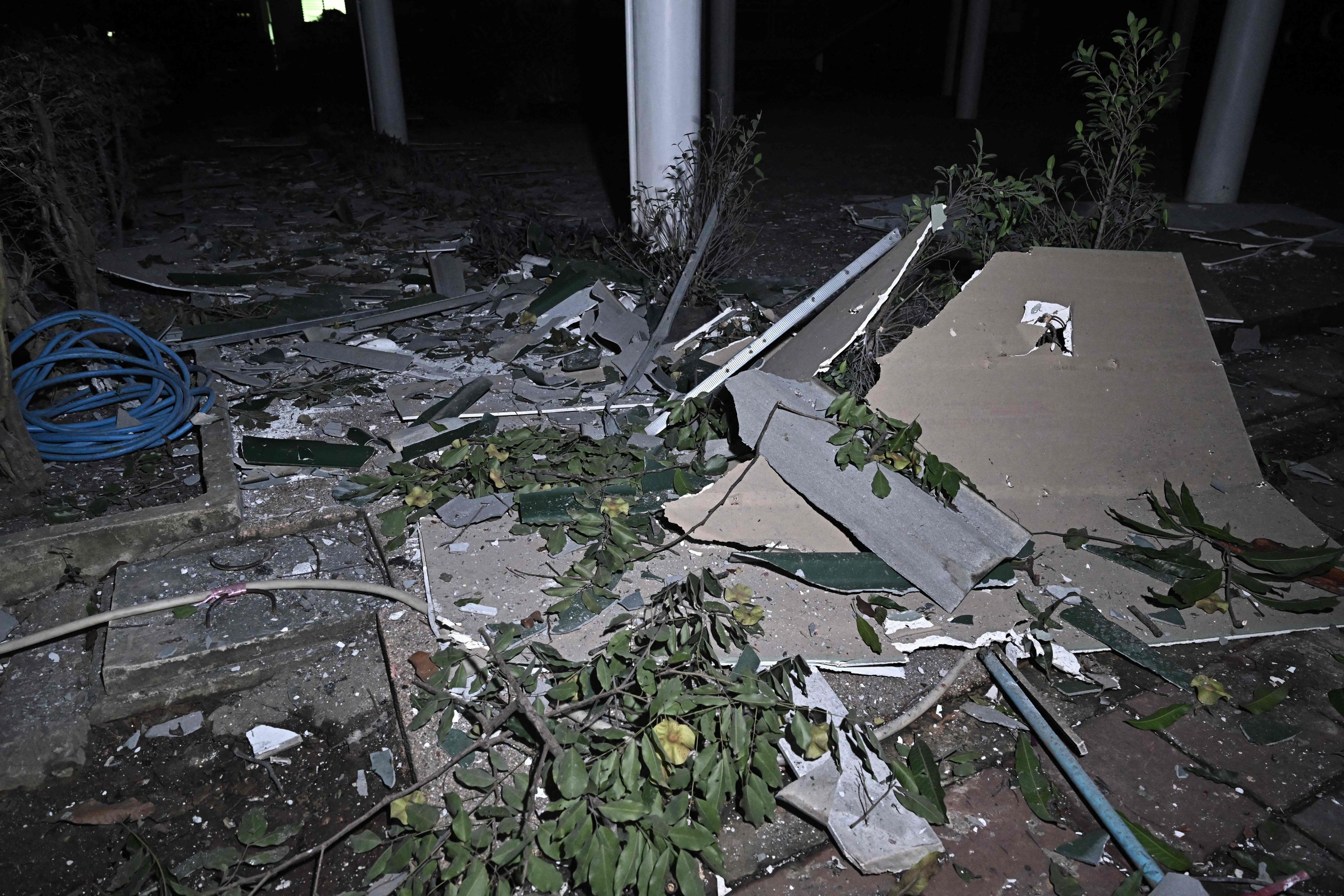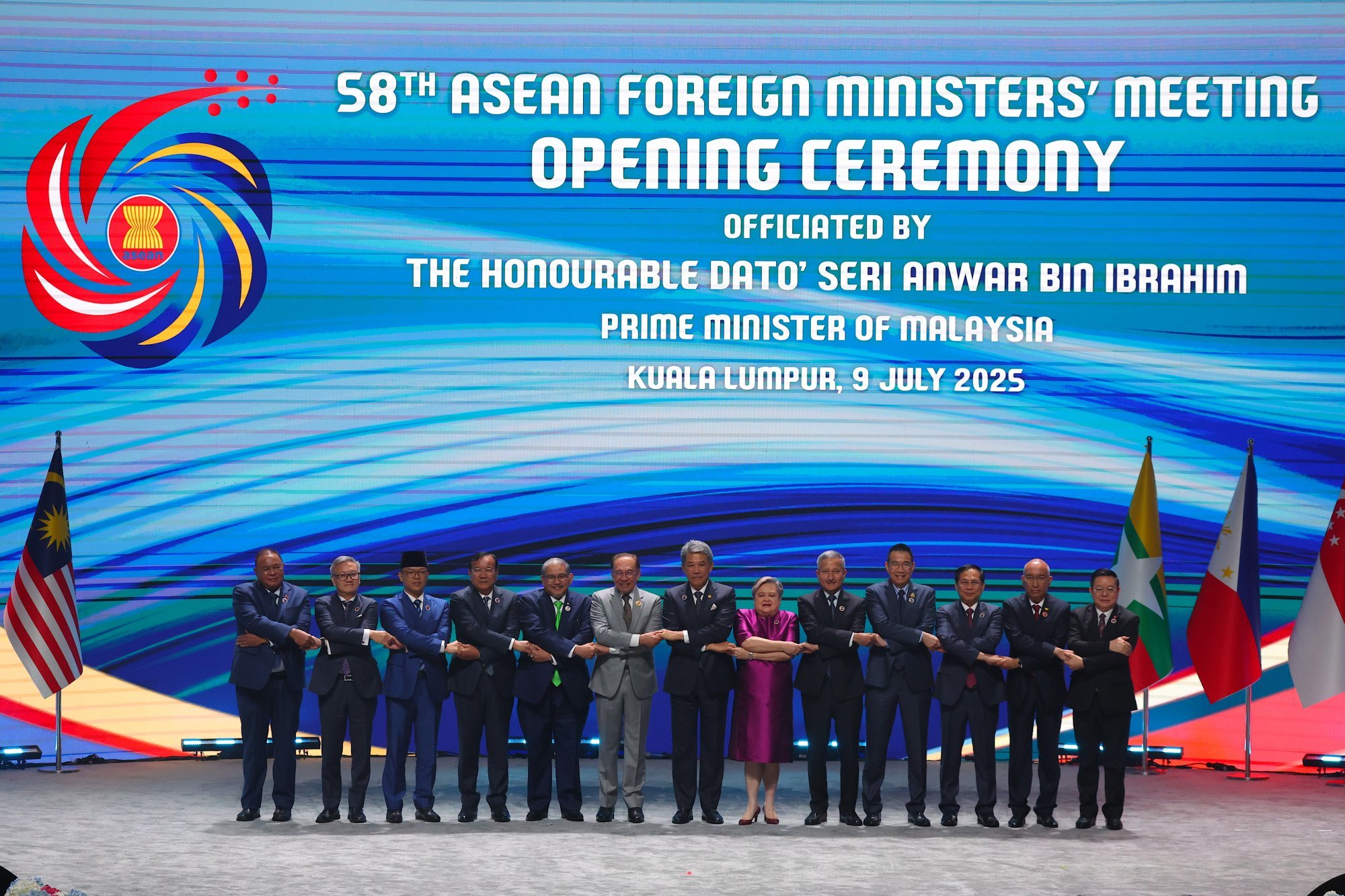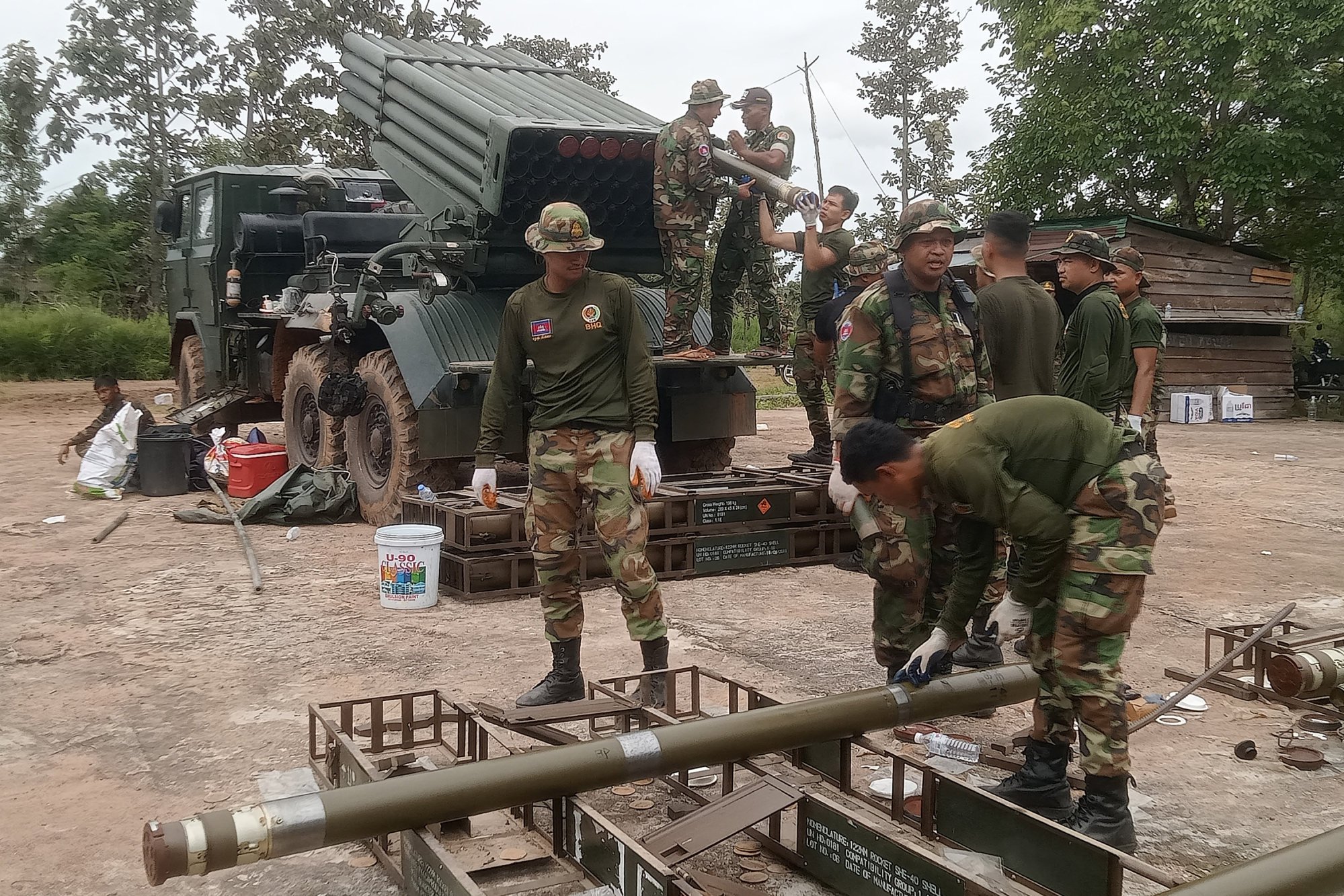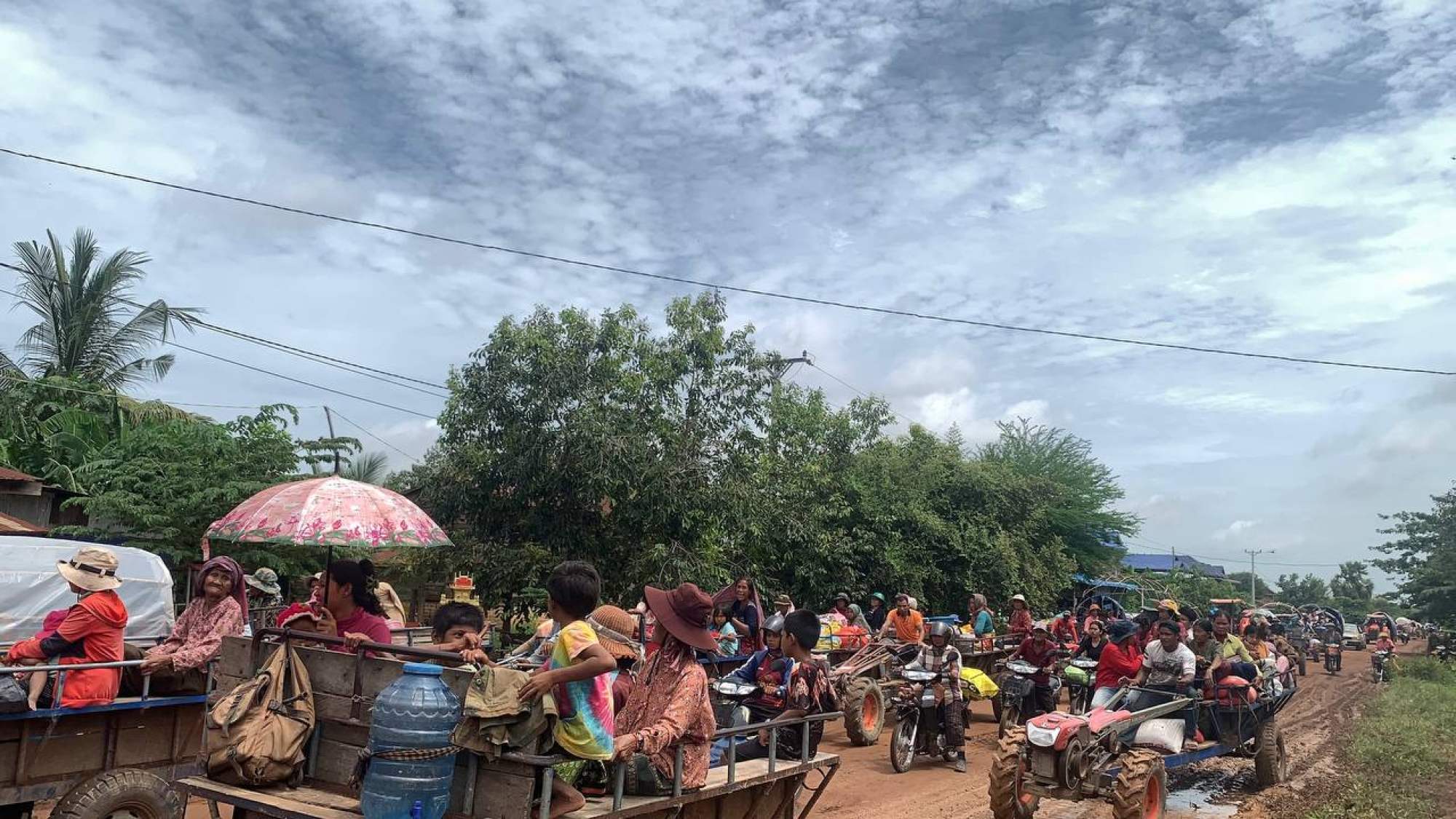Thailand-Cambodia tensions a test for Asean’s peace mandate
Analysts urge Asean to act quickly and facilitate dialogue, but warn the bloc’s efforts may ‘no longer be sufficient’ given limited tools for intervention

As deadly clashes erupt along Thailand and Cambodia’s disputed border, questions are resurfacing over whether the Association of Southeast Asian Nations (Asean) can live up to its mandate to preserve peace among its members.
Analysts say the escalating violence is also exposing the bloc’s limited tools for intervention. While some urge urgent mediation and a return to dialogue, others argue Asean has been sidelined from the outset – raising concerns that nationalist politics and diplomatic inertia could allow the conflict to spiral further.
At least 12 people have been killed in recent fighting, with Thai and Cambodian troops exchanging gunfire, rocket fire and shelling across multiple points of the 820km frontier. Most of the casualties were civilians from Thailand’s three border provinces, according to Bangkok’s defence ministry.
The two countries traded blame for the attacks that erupted early on Thursday near the disputed Ta Moan Thom Temple, where troops exchanged gunfire, shelling and rocket fire, hours after Thailand accused Cambodia of leaving landmines that injured Thai soldiers, which Phnom Penh denied.
Malaysian Prime Minister Anwar Ibrahim, whose country currently chairs Asean, urged both sides to “stand down” and resume talks, calling the situation “concerning” given the historic ties and regional responsibilities of both nations.
“The least we can expect is for them to stand down and hopefully try to enter into negotiation,” Anwar said on Thursday, adding that he had already sent messages to the leaders of both countries and hoped to speak to them directly.
“They are important members of Asean. They are very close to Malaysia.”
The clash is the second armed confrontation between the two countries since a Cambodian soldier was shot in May.
The incident two months ago was the first flare-up between the neighbours since 2011.
Vu Lam, an Asean watcher and Indo-Pacific policy analyst, said the clearest path to immediately de-escalating the situation would be a “bilateral ceasefire backed by Asean-facilitated dialogue, just like with the 2011 ceasefire mediated by Indonesia”, but stressed that both sides must have the political will to proceed.
“Third-party actors, whether Indonesia, Australia, the UN or someone else, can offer to observe and support, quietly or publicly, to quell potential nationalist backlash from both sides,” he said.
According to Lam, Asean has previously mediated tensions between both countries in 2011, and is bound by its Treaty of Amity and Cooperation that emphasises the settlement of disputes through peaceful means and the renunciation of threats or use of force.

Him Rotha, deputy director at the Cambodian Centre for Regional Studies, shared similar views, adding that the dialogue could be facilitated by Asean to “mend the relations and restore the trust and confidence between the two countries”.
Unhandled type: inline-plus-widget {“type”:”inline-plus-widget”}
“It is within Asean’s responsibility to act quickly to preserve the peace and stability in the region,” he said.
Asean “must call for an emergency meeting with representatives from Thailand and Cambodia present”, said Chhay Lim, deputy director of the Centre for Southeast Asian Studies at the Royal University of Phnom Penh.
However, some analysts warned Asean’s efforts might not be enough.
Bridget Welsh, an honorary research associate at the University of Nottingham Malaysia, noted that while Asean could appoint a special envoy on the issue, the bloc’s previous calls to reduce tensions had little traction in managing disputes.
Purawich Watanasukh, a lecturer of political science at Thammasat University, told This Week in Asia that Asean had been sidelined from the conflict “from the very beginning” and its efforts might “no longer be sufficient”.
“When tensions flared, Cambodia went directly to the UN Security Council. This suggests that Asean is seen as ineffective in managing serious disputes, despite Malaysian Prime Minister Anwar Ibrahim’s attempt to mediate through dialogue,” he said, noting that Anwar’s effort “clearly did not succeed”.

Tensions have simmered in the weeks after Thailand tightened border restrictions on June 7, barring entry from Cambodia’s side except for students, medical patients and others with essential needs. Thai authorities said on Thursday they would close down the border entirely.
Thailand’s Defence Minister Phumtham Wechayachai said Cambodia had rejected Bangkok’s proposals in bilateral talks held previously.
Cambodia also halted the import of fuel, fruits, and vegetables coming from Thailand, and imposed a ban on Thai films and TV shows.
Relations further broke down after Thailand’s Prime Minister Paetongtarn Shinawatra was suspended from office on July 1 after a phone call on June 15 with Cambodia’s former leader Hun Sen was leaked.
In the call, Paetongtarn referred to the strongman as “uncle” and was heard criticising a Thai military commander, as critics accused her of deferring to Hun Sen and undermining the country’s armed forces.
Paetongtarn defended her conversation with Hun Sen, a long-time friend of her father Thaksin, as part of a negotiation tactic, but later apologised for the call that she said had “caused public resentment”.

Rising casualties and costs
Meanwhile, other analysts said it was urgent for Thailand and Cambodia to seek a ceasefire to avoid further casualties and excess costs from the clashes.
Welsh said the gradual escalation and “ratcheting up of troops” underscored the growing confrontation between both countries.
“It is critical at this juncture to hear the calls for a peaceful solution within each of the countries. More attention needs to be on the rising costs for both countries and the region,” she told This Week in Asia.
De-escalating tensions between Thailand and Cambodia at this stage would be “quite difficult”, Purawich said, but added that the clearest path forward would be to “end all provocations and avoid any harm to civilian areas”.
“At the leadership level, the escalation seems to have been triggered by a provocation – Hun Sen acted first, prompting reactions from Thaksin and Paetongtarn Shinawatra. This then fuelled emotional responses from people on both sides,” he said.
Rotha stressed that the countries should call for a truce and ceasefire now, return to their positions before May 28 and have a dialogue.
Lim urged both countries to restore their relationship to what it was before June 7, when Thailand announced it would reinforce its military presence on the border.
Purawich said it was important to prevent a full-blown war at all costs.
“A war between Thailand and Cambodia serves no one. There is no clear winner: both sides suffer losses, and the costs are already too high,” he said.